
Paul Poiret was a French fashion designer, a master couturier during the first two decades of the 20th century. He was the founder of his namesake haute couture house.

Madeleine Vionnet was a French fashion designer best known for being the “pioneer of the bias cut dress”, Vionnet trained in London before returning to France to establish her first fashion house in Paris in 1912. Although it was forced to close in 1914 at the outbreak of the First World War, it re-opened after the war and Vionnet became one of the leading designers of 1920s-30s Paris. Vionnet was forced to close her house again in 1939 at the start of the Second World War and she retired in 1940.
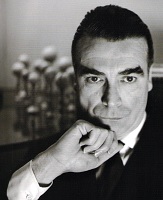
Cristóbal Balenciaga Eizaguirre was a Spanish fashion designer, and the founder of the Balenciaga clothing brand. He had a reputation as a couturier of uncompromising standards and was referred to as "the master of us all" by Christian Dior and as "the only couturier in the truest sense of the word" by Coco Chanel, who continued, "The others are simply fashion designers". On the day of his death, in 1972, Women's Wear Daily ran the headline "The King is Dead".
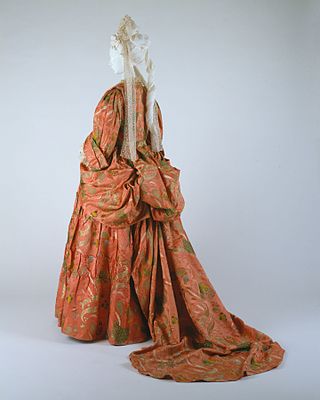
A mantua is an article of women's clothing worn in the late 17th century and 18th century. Initially a loose gown, the later mantua was an overgown or robe typically worn over stays, stomacher and either a co-ordinating or contrasting petticoat.

Callot Soeurs was one of the leading fashion design houses of the 1910s and 1920s.
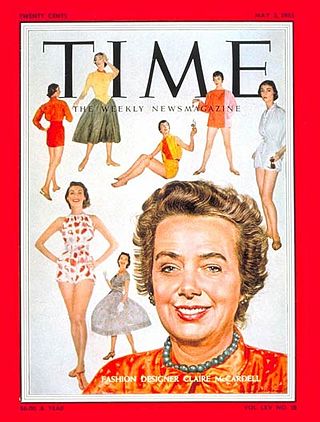
Claire McCardell was an American fashion designer of ready-to-wear clothing in the twentieth century. She is credited with the creation of American sportswear.

Edward Henry Molyneux was a leading British fashion designer whose salon in Paris was in operation from 1919 until 1950. He was characterised as a modernist designer who played with the refinements of couture style, a modernist aesthetic, and the desire to be socially and culturally advanced.
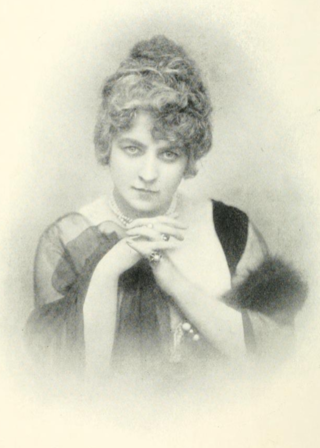
Jeanne Paquin (1869–1936) was a leading French fashion designer, known for her resolutely modern and innovative designs. She was the first major female couturier and one of the pioneers of the modern fashion business.
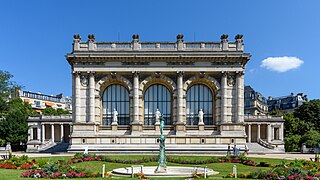
The Palais Galliera, also formally known as the Musée de la Mode de la Ville de Paris, and formerly known as Musée Galliera, is a museum of fashion and fashion history located at 10, avenue Pierre 1er de Serbie, in the 16th arrondissement of Paris, France. When exhibitions are on it is open daily except Mondays and public holidays; an admission fee is charged and varies depending on the exhibition programmed. The museum opened its doors again 28 September 2013 after being closed for major renovation. Until 2021, there is no permanent presentation of the collections for conservation reasons.
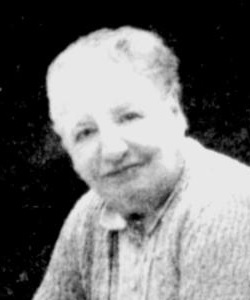
Jessie Franklin Turner was an American fashion designer based in New York in the early 20th century. She was notable for being one of the first American designers to create unique designs, rather than imitating or copying Paris fashions, and was the first American fashion designer to establish a long-term couture business in New York.

A fashion museum is dedicated to or features a significant collection of accessories or clothing. While there may be some overlap with Textile museums, fashion museums focus on what trends in clothing and accessories reveal about the larger cultural, social, and economic values of different historical periods. Although fashion is a broad term that applies to more than just clothing items, these provide tangible examples of trends changing over the years which explains why the term fashion museum is most commonly referring to those featuring clothes.
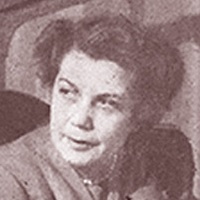
Marcelle Dormoy (1895–1976) was a French couture fashion designer active from the 1910s to 1950, and a former model.
François Lesage was a French couture embroiderer. Lesage was globally known in the art of embroidery and worked for the largest fashion and haute couture houses. His atelier is now part of Chanel through the company's subsidiary, Paraffection.
Marcelle Chaumont was a French fashion designer.

Grès was a French haute couture fashion house founded by Madame Grès in 1942. Parfums Grès is the associated perfume house, which still exists, and is now based in Switzerland.

A draped turban or turban hat is a millinery design in which fabric is draped to create headwear closely moulded to the head. Sometimes it may be stiffened or padded, although simpler versions may just comprise wound fabric that is knotted or stitched. It may include a peak, feather or other details to add height. It generally covers most or all of the hair.

Bernard de La Bourdonnaye-Blossac, also called Blossac was a French fashion illustrator.
Roger Scemama (1898–1989) was a French jeweler. Born in Tunis to a wealthy Florentine family, Scemama moved to Paris in 1922 where he began parure-making. Scemama worked for the most famous French haute couture houses and resurrected the use of crystal in fashion in the 1950s. To complement the black Givenchy dress of Audrey Hepburn, Scemama was asked to design her necklace. Scemama designed jewelry for Jacques Fath, Balmain, Schiaparelli, Lanvin, Givenchy, Balenciaga, Dior and Yves Saint Laurent. Some of his jewelry creations for Yves Saint Laurent can be found in New York at the Metropolitan Museum of Art and others at the Palais Galliera, Musée de la Mode de la Ville de Paris.

Anne-Marie Beretta is a French stylist. She is known particularly for her iconic "101801" coat designed for Max Mara. In 1986 she became a Chevalier des Arts et des Lettres.

Jeanne Victorine Margaine-Lacroix was a French couturier of the early 20th-century. The House Margaine-Lacroix is mainly known today for having revolutionized the world of fashion by creating the so-called Sylphide or Tanagréenne dress, cut to be worn without a corset.

















